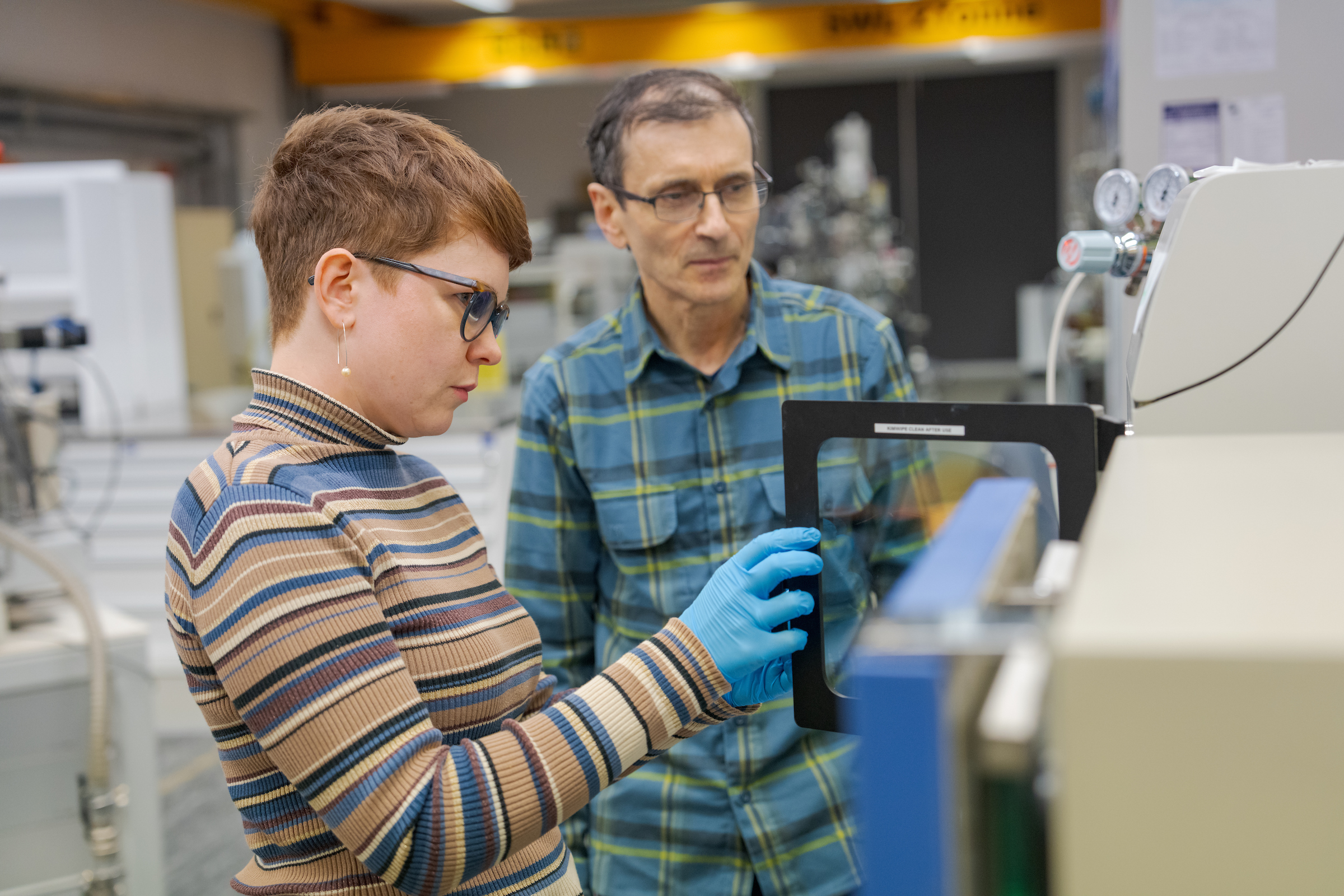
Research projects
Below we list current research topics in RSES, with links to relevant researchers, supervisors and research groups.
Displaying 1 - 15 of 142 project(s).
River systems hold information on tectonic history in their sediment load and their morphology.
Coupled models of tectonics, topography and surface evolution help us to understand continental deformation patterns.
This project uses state-of-the-art tools in models of collision, basin formation and plate boundaries.
science Research area
People
- Dr Chengxin Jiang, Collaborator
- Dr Romain Beucher, Supervisor
- Professor Louis Moresi, Supervisor
- Professor Louis Moresi, Principal investigator
- Professor Meghan S. Miller, Collaborator
This project involves quantifying changes in water resources in Australia. The student will learn all aspects of processing space gravity data from the GRACE Follow-On mission and how to integrate remotely sensed observations into hydrology models. Maths/physics and programming skills are highly desired for the study.
Project summary
Water resource management is one of the greatest challenges facing sustainable agriculture and urban populations across southern Australia. Key players driving catastrophic droughts in southern Australia are the tropical Indian Ocean Dipole and polar Southern Annual Mode climate systems,...
The program monitors the postglacial rebound which may be occurring near the Lambert Glacier, Prince Charles Mountains, Antarctica since the Last Glacial Maximum. A transect of permanent GPS sites has been established from the coast up to 450 km inland. The aim of the project is to estimate absolute vertical...
science Research area
Group
People
- Dr Herb McQueen, Researcher
- Professor Paul Tregoning, Principal investigator
The recent over-ice seismic deployments in Antarctica provide datasets that enable exciting opportunities for seismological research. This project involves innovative development in passive seismology methods adapted for challenging icy conditions to unravel ice and solid Earth structure in Antarctica.
Some of the oldest continental building blocks (e.g. cratons) are found in Australia. At depth, the ancient rock record has invaluable information about the dynamics of the Earth. Seismology can provide remarkable views into the deep lithospheric structure using imaging techniques on broadband seismic data.
science Research area
People
- Dr Caroline M. Eakin, Supervisor
- Professor Meghan S. Miller, Supervisor
Atmospheric dust plumes can affect global climate, but the impact of Australian dust on climate is poorly known even though it is a major dust source. This project will study the magnetism of dust deposits in marine sediments to understand how Australian dust influences climate in order to better predict the...
science Research area
Group
People
- Associate Professor David Heslop, Researcher
- Dr Marc Norman, Principal investigator
- Professor Andrew P Roberts, Principal investigator
- Professor Patrick De Deckker, Principal investigator
AusPass is a service dedicated to the acquisition, management, and distribution of passive seismological data in Australia.
science Research area
People
- Dr Julian Byrne, Collaborator
- Dr Robert Pickle, Principal investigator
- Professor Malcolm Sambridge, Principal investigator
- Professor Meghan S. Miller, Principal investigator
Biomarkers
Life in the Precambrian was dominated by bacteria and archaea, organisms that rarely leave diagnostic cellular remains in the fossil record. However, hydrocarbon biomarkers, the molecular fossils of natural products such as lipids and pigments, can yield a wealth of information about...
Grow organisms in aquaculture and explore how they grow their shells and record environmental conditions using a range of microanalysis and epifluoresence methods
People
- Dr Laura M. Otter, Researcher
- Professor Dorrit Jacob, Supervisor
- Professor Stephen Eggins, Researcher
Carbon dioxide seep sites expose shallow coral reefs in Papua New Guinea to volcanic CO2 resulting in gradients of seawater ranging from pH 8.0 (normal) to a more acidic pH of 7.5. Some areas of these reefs experience CO2 exposure equivalent to IPCC predictions for 2050 and 2100. In this project we will reconstruct...
These projects aim to monitor how environmental processes change chemistry and mineralogy both in the field and in lab simulations using spectroscopy. The projects can be adjusted for different levels of students.
The island of Sifnos in the Aegean Sea , Cyclades ( Greece ) is well known for its spectacular and well preserved blueschists and eclogites. The best preserved assemblages occur in structurally high tectonic slices that outcrop in the north of the island. These slices occur in the upper-plate of a major detachment...
The Aegean Blueschist Belt is one of the most studied extensional zones on Earth. However still there is disagreement as to the complex tectonic history and exhumation of the HP/LT eclogite and blueschist rocks. New and extensive geochronology studies with meso-scale and micro-scale structural analysis of the...
Complex arrays of laterally extensive movement zones occur beneath the Austro-Alpine 'cold lid' of the European Alps. These shear zones operated as extensional movement zones at various times during the tectonic evolution of the Alps, however meso-scale and micro-scale structural analysis show the tectonic history...
science Research area
Group
People
- Associate Professor Marnie (Margaret) Forster, Principal investigator
